

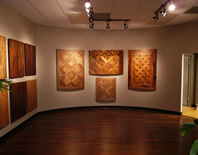


1. HARDWOOD
Hardwood floors perform differently in various environments. Find the perfect combination of strength and beauty for your home with engineered, solid or longstrip wood planks. For years of lasting beauty and superior protection, check out Interior Design Flooring hardwood’s.
As a result, carpet quickly overtook hardwood flooring in the market — it was commonly installed over hardwood (considered a travesty today!). Over the years, hardwood installation techniques have been refined and innovative sealers and finishes have been introduced. The result is hardwood flooring that can last a lifetime when properly installed and cared for. These facts, combined with today’s consumer’s desire for an easy to clean alternative to carpet, has led to the renewed popularity of hardwood floor.
With an incredible selection of shades, species and other unique characteristics available today, the beauty and warmth of classic hardwood flooring can compliment any décor.
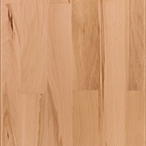

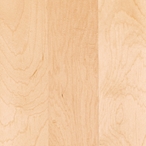


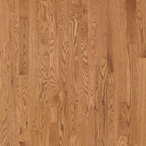
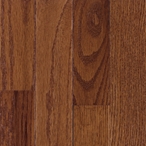


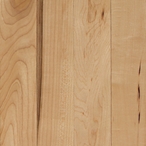
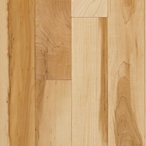
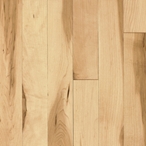

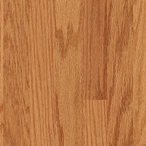
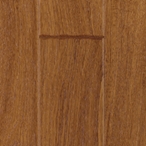


2. SELECTING HARDWOOD
Today there are more wood flooring fashions to choose from than ever before. At last count there were over 1,000 species of wood, cork and bamboo floors available to you.
The popularity of a wood floor is because of one thing – its design warmth! Wood is as cozy as it is practical. Wood is timeless. It never goes out of style. Wood floors last a long time which makes them an excellent investment.
Whatever your décor design objectives are, the experts at Interior Design Flooring can help you discover the perfect wood floor for you. Because of the variety of species, colors, widths and installation techniques, you can create a custom work of art for your home.
3. HARDWOOD TYPES
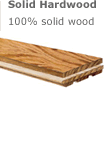
Solid wood flooring is the traditional style of wood flooring.
Solid hardwoods are typically 3/4" or 19mm thick, although some do come in 3/8" (10mm) or 5/16" (8mm) thicknesses. This type of hardwood flooring can be installed with a nail-down installation method over wood subfloors.
Some types of this flooring can be stained and finished to match your decor or preference. Solid wood can be sanded and refinished many times to cover and conceal scratches or imperfections. Initial Installation of solid wood requires sanding, finishing and coating, a process that increases the time you are displaced from your home or office.
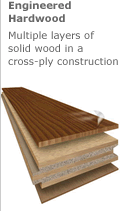
Engineered hardwood floors are not quite what they seem. Engineered flooring may look incredibly beautiful and expensive but it only has a thin layer of wood at the surface and underneath this is plywood. The only real wood here is the veneer. However it floating hardwood flooring like this is ideal for use in places where it is not possible to put solid wood flooring.
Engineered hardwood floors can be installed directly onto a concrete floor or even on top of an old floor because engineered hardwood flooring is only about half an inch thick. Floating wood flooring usually comes in strips with tongue and groove edges that have to be fixed to the floor with pins, staples, or glue. Long panels of wood used for engineered hardwood floors are more likely to be used to build what is called a floating hardwood floor. This simply means that the strips are not glued or pinned to the floor beneath them and each one is fixed to those around it. This gives the floor movement.
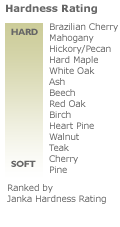
Species The first step is to look at the different species of hardwood. This is important because the species will influence the appearance and durability. Not all species of hardwood are equally hard. If your floor is in a high traffic area or in a heavily used room then you should consider oak, maple or ash for extra durability.
Traditional oak has pronounced variations in grain and shade while the grain in maple is cleaner and more understated. There are also exotic species available such as lapacho, tigerwood and Brazilian cherry. These have a distinctive combination of origin, color and surface characteristics. Ask your Interior Design Flooring expert to show you examples of the species that are appropriate for your lifestyle.
Color
Color will have a huge influence on your buying decision. There are many colors available because of the natural color and graining of the species and the stain that’s applied to the wood.
Width
Hardwood flooring is generally described by board width. A strip is less than 3” wide. Planks are 3” or wider. The width of individual boards has a dramatic influence on the look of your floor. Wide widths will complement a large room but could overwhelm a small area. Select the look that you like the best and one that works with your style and the architecture of your home.
Edge
Detail The way that the edges and ends of boards are cut is called edge detail. Edge detail options include square, microbeveled, eased and beveled. If you’re going for a dramatic effect you should select a beveled edge. This emphasizes the definition of individual boards. Square edges bring a smooth and seamless appearance.
Finish
Today many manufacturers offer extra tough urethane finishes which means that the hardwood flooring will hold up to heavy use and traffic. These urethane finishes allow the wood to maintain its luster for years without having to wax or refinish them.
Installation
Once you have decided on your new hardwood floor the next important step is to have it installed. You’ll have to decide in what direction the floor will be laid. There are also design accents like borders and medallions that will add another design dimension to your room. You can trust your Interior Design Flooring Expert to provide the appropriate installation techniques that will give you a new hardwood floor that will look stunning and last for years.
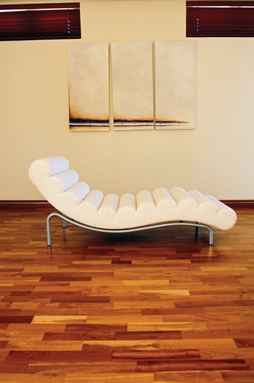
4. HARDWOOD CARE
Once your new floor is installed, you’ll want to prevent scratches. Some scratches can be caused by dust. You can prevent scratches caused by dust with the use of mats or rugs. Buy a good quality broom and sweep your new floor regularly to pick up grains of dirt, dust and other particles. A vacuum cleaner, without a beater bar, can be helpful in between planks and other hard to reach areas.
Hardwood floors with a urethane finish should never be waxed. They require cleaners that won’t leave a film or residue. Manufacturers of “Pre-finished” hardwood floors recommend their own specific products designed for their floor’s routine maintenance.
Do not use ammonia cleaners or oil soaps on a wood floor, as they will dull the finish and performance of your floor. Since wood naturally expands when it is wet, never wet mop or use excessive water to clean your floor. Large amounts of water can cause the wood to swell and may cause your floor to crack or splinter. Being a natural product, hardwood will expand and contract due to moisture level changes. Minimize water exposure to hardwood floors and clean up spills as soon as they happen.
5. BRANDS
All product brands are not available at all locations.




















